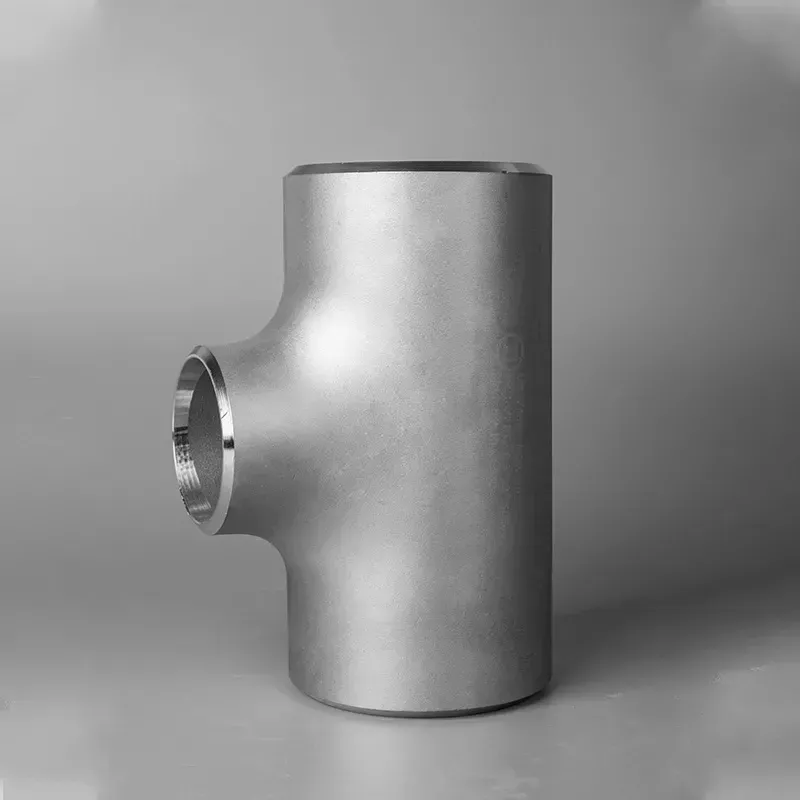-
Cangzhou Yulong Steel Co., Ltd.
-
Phone:
+86 13303177267 -
Email:
admin@ylsteelfittings.com
- English
- Arabic
- Italian
- Spanish
- Portuguese
- German
- kazakh
- Persian
- Greek
- French
- Russian
- Polish
- Thai
- Indonesian
- Vietnamese
- Zulu
- Korean
- Uzbek
- Hindi
- Serbian
- Malay
- Ukrainian
- Gujarati
- Haitian Creole
- hausa
- hawaiian
- Hebrew
- Miao
- Hungarian
- Icelandic
- igbo
- irish
- Japanese
- Javanese
- Kannada
- Khmer
- Rwandese
- Afrikaans
- Albanian
- Amharic
- Armenian
- Azerbaijani
- Basque
- Belarusian
- Bengali
- Bosnian
- Bulgarian
- Catalan
- Cebuano
- China
- China (Taiwan)
- Corsican
- Croatian
- Czech
- Danish
- Esperanto
- Estonian
- Finnish
- Frisian
- Galician
- Georgian
- Kurdish
- Kyrgyz
- Lao
- Latin
- Latvian
- Lithuanian
- Luxembourgish
- Macedonian
- Malgashi
- Malayalam
- Maltese
- Maori
- Marathi
- Mongolian
- Myanmar
- Nepali
- Norwegian
- Norwegian
- Occitan
- Pashto
- Dutch
- Punjabi
- Romanian
- Samoan
- Scottish Gaelic
- Sesotho
- Shona
- Sindhi
- Sinhala
- Slovak
- Slovenian
- Somali
- Sundanese
- Swahili
- Swedish
- Tagalog
- Tajik
- Tamil
- Tatar
- Telugu
- Turkish
- Turkmen
- Urdu
- Uighur
- Welsh
- Bantu
- Yiddish
- Yoruba

Nov . 20, 2024 14:09 Back to list
welding steel pipe together
Welding steel pipes together is a crucial process in various industries, including construction, oil and gas, and manufacturing. This method not only provides strong and durable connections but also allows for the efficient transport of fluids and gases through pipelines. Understanding the techniques, materials, and best practices involved in welding steel pipes can significantly enhance the quality of the final product and ensure safety and reliability in operations.
One of the primary methods of welding steel pipes is the arc welding technique, which involves using an electric arc to generate heat. This heat melts the base metal and, depending on the technique used, can also melt a filler material to form a strong bond between the pipes. Common types of arc welding include Shielded Metal Arc Welding (SMAW), Gas Metal Arc Welding (GMAW), and Gas Tungsten Arc Welding (GTAW). Each of these techniques has its advantages and is chosen based on the specific requirements of the project, such as the type of steel, thickness of the pipes, and the environment in which the weld will occur.
.
The choice of filler material is also critical in the welding process. The filler material should be selected based on the type of steel being welded. For instance, carbon steel pipes often require a filler that is compatible with carbon steel to ensure similar properties in the weld joint. In contrast, stainless steel pipes may necessitate special filler materials to maintain corrosion resistance and strength. Using the right filler material is pivotal to achieving a weld that meets the desired specifications.
welding steel pipe together

Safety is paramount in welding operations. Welders must use proper personal protective equipment (PPE), including helmets, gloves, and protective clothing, to mitigate risks associated with exposure to heat, ultraviolet light, and metal fumes. Additionally, ensuring proper ventilation and implementing safe work practices can prevent accidents and health hazards in the welding environment.
After the welding process is complete, inspection and testing of the weld joints are essential to confirm their integrity. This may involve visual inspection, radiographic testing, or ultrasonic testing, depending on the criticality of the application. Identifying and rectifying defects early can save time and resources in the long run and improve the overall reliability of the piping system.
In conclusion, welding steel pipes together is a skilled task that requires a thorough understanding of various techniques, materials, and safety practices. By focusing on proper preparation, selecting suitable methods and materials, and conducting diligent inspections, welders can ensure that their pipeline systems are robust, reliable, and safe for use in demanding environments. This careful attention to detail not only enhances the performance of industrial systems but also contributes to broader safety and efficiency goals in construction and manufacturing industries.
Latest news
-
ANSI 150P SS304 SO FLANGE
NewsFeb.14,2025
-
ASTM A333GR6 STEEL PIPE
NewsJan.20,2025
-
ANSI B16.5 WELDING NECK FLANGE
NewsJan.15,2026
-
ANSI B16.5 SLIP-ON FLANGE
NewsApr.19,2024
-
SABS 1123 FLANGE
NewsJan.15,2025
-
DIN86044 PLATE FLANGE
NewsApr.19,2024
-
DIN2527 BLIND FLANGE
NewsApr.12,2024
-
JIS B2311 Butt-Welding Fittings LR/SR 45°/90° /180°Seamless/Weld
NewsApr.23,2024











